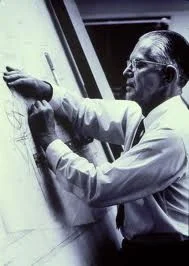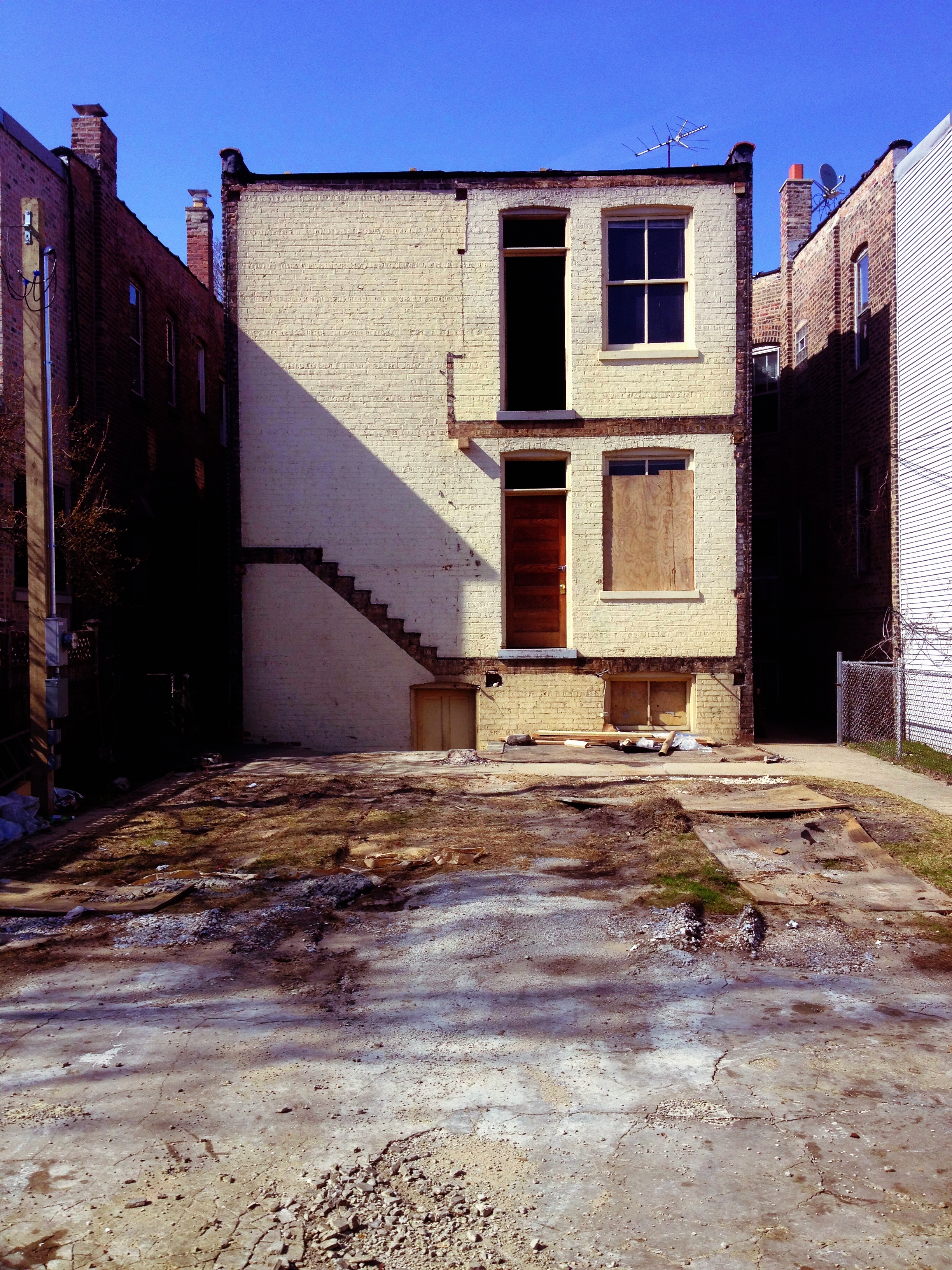In recent years, the internet has been abuzz with Tiny Houses: generally defined as sub-500 square foot (usually to avoid having to comply with building codes) and wheeled, these new trailer homes have sprung up in the wake of the Great Recession like seedlings after a forest fire. The web may have taken a shine to them because they are so meme-worthy, being so small and adorable and Pinterest-y. While not an altogether recent phenomenon, the zeitgeist is the zeitgeist, and their time has come. In an era of dwindling home values, rampant foreclosures, job insecurity, rising energy prices, and shrinking retirement funds, the tiny house makes sense. An abundance of online resources are available for planning one, and the small scale makes it possible for an amateur to knock one together with little time or money.
Read MoreBlog
As I mentioned in my last post, I recently found myself back in the South. On our way to Alabama, the lady and I stopped over in Savannah, where my mother grew up and my uncle still lives. He took us on a tour, and we motored over the bridge to Fort Pulaski. Halfway between Savannah and Tybee Island, the fort overlooks the only deep-water route into the city. James Madison ordered construction of the fort, and dozens of others like it, after the War of 1812 exposed the vulnerabilities of America's most economically important ports.
Finished in 1847, the fort cost $1 million and took fourteen years to complete. The brick walls are 11 feet thick, and at the time, were thought to be impenetrable. However, only 15 years after its completion it was rendered obsolete by a 30-hour Union barrage from nearby Tybee Island. The Yanks used new rifled cannon, which bored through the masonry structure from a distance greater than the range of the Rebel's smoothbore weapons. Unable to retaliate, they surrendered. Union forces then occupied the fort for the duration of the war, using it to blockade cotton exports and weapon imports.
Read MoreAfter last week's discussion of some of the challenges facing Hale County, Alabama, I thought I'd follow up with some of the progress underway in Greensboro and the surrounding towns. I had the chance to revisit my former home for the first time in almost two years last week. The lady and I stayed at Spencer House with some old Rural Studio friends, and got a tour of the latest projects.
Like many small rural towns, a lot has changed and yet everything has stayed the same. Our first stop was Mac's House, the 20K I built with Penny Hagberth, Clem Blakemore, and Danny Wicke in 2010. The house was holding up well -- the siding was in great shape, the woodwork weathered but shipshape, the underside chicken netting unmolested by creatures great and small. I hadn't seen it without the various trailers removed from the yard and the grass grown back, and it was quite handsome all grown into the landscape. I was curious to see how some of the interior details were holding up, but that'll have to wait for another visit. Unfortunately, Mac wasn't around, so we took some photos, left a note, and headed north to Greensboro.
Read MoreIn the spring of 2009, I was accepted into the Rural Studio's Outreach Studio, a one-year, post-graduate program for young architects. Two teammates and I spent a year designing and building a house on a budget of $20,000, the ninth in a series of 20K Houses. This research project is ongoing, year-to-year, with different student teams, all trying to address the under-served problem of rural affordable housing. The default paradigm for that population is a trailer home -- a rapidly depreciating, off-gassing, near-impossible-to-insure albatross slung around the necks of already economically stressed people. We finished our house in June, 2010, for MacArthur Coach, a retired construction worker living on Social Security.
After my stint at the Rural Studio, I stayed in Greensboro, Alabama, the county seat of Hale County, for another year. I worked at a small non-profit called YouthBuild, a job-training and GED program for young adults. The students were paid a small stipend (~$80 a week) to attend 20 hours of GED classes and 12 hours of vocational instruction in carpentry. Most of them had left high school for various reasons, or were court-ordered to attend our program. They ranged in age from 16 to 24, and that $80 represented a significant part of their household income.
Read MoreA transect is defined as :
1. (verb) to cut or divide crossways
2. (noun) a sample strip of land used to monitor plant distribution, animal populations, etc, within a given area
In biology, a transect is a path along which one counts and records occurrences of the phenomena of study (e.g. plants).
In 1998, conservationist and endurance junkie Michael Fay undertook the MegaTransect, an epic walk across the densely forested interior of Africa. He undertook a comprehensive recording of the uninhabited lands, eventually leveraging that information to a create a string of 13 protected national parks. The effort damn near killed him. He has now taken his National Geographic salary on up to Alaska, contemplating a similar project that will cover the temperate rainforests of Alaska and British Columbia.
Read MoreStumbling around the web this week, seeking a respitefrom terrorists and exploding fertilizer plants and rising floodwaters, I came across an article on Harper's about Peppard's Folly. Back in 1860, 26 year-old millwright Samuel Peppard built a prototype wind wagon. No images of his craft survive, but it was a rather narrowfour-wheeled cart with a seven-foot mast and a canvas sail. He and some friends set out from Oskaloosa, Oklahoma on May 9th, making it 500 miles before a small tornado destroyed the craft just short of Denver. Eventually, Sam gave up on gold mining, served in the Union Army, got married, and settled down back in Oskaloosa.
He wasn't the only land sailor, either -- a number of others gave it a shot over the years, trying to sell their creations to the military or to investors for moving freight. I imagine it made more sense when the prairies were literally an inland, grassy sea, uncut by rails, roads, or fences. Reports from antiquity claim the Chinese had similar contraptions for crossing their vast western lands. Here in America, the utility of windwagons was somewhat limited by the prevailing winds -- west-to-east -- which were generally contrary to the desired direction of travel.
Read More


















